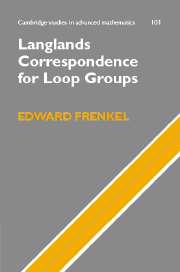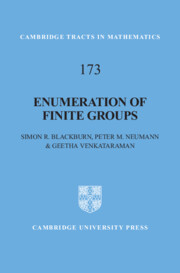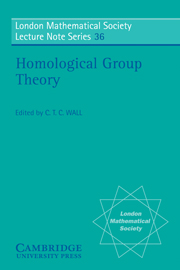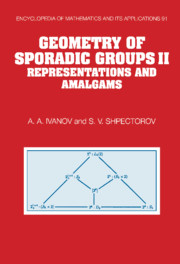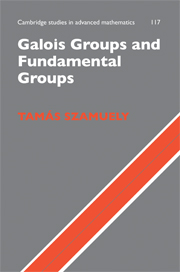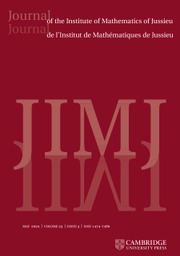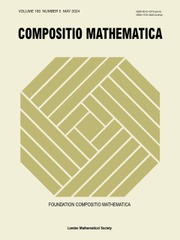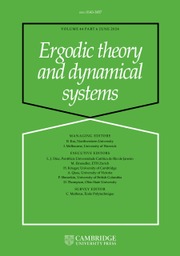Langlands Correspondence for Loop Groups
The Langlands Program was conceived initially as a bridge between Number Theory and Automorphic Representations, and has now expanded into such areas as Geometry and Quantum Field Theory, tying together seemingly unrelated disciplines into a web of tantalizing conjectures. A new chapter to this grand project is provided in this book. It develops the geometric Langlands Correspondence for Loop Groups, a new approach, from a unique perspective offered by affine Kac-Moody algebras. The theory offers fresh insights into the world of Langlands dualities, with many applications to Representation Theory of Infinite-dimensional Algebras, and Quantum Field Theory. This accessible text builds the theory from scratch, with all necessary concepts defined and the essential results proved along the way. Based on courses taught at Berkeley, the book provides many open problems which could form the basis for future research, and is accessible to advanced undergraduate students and beginning graduate students.
- The first account of local geometric Langlands Correspondence
- Suitable for advanced undergraduates and graduates in both mathematics and theoretical physics
- Contains many open problems which could form the basis for future research
Reviews & endorsements
"This book provides and excellent detailed review of an important aspect of the geometric Langlands program, namely, the role of representation theory of affine Kac-Moody algebras (or loop algebras). It provides clear and insightful introductions to such notions as vertex algebras, the Langlands dual group, connections on the punctured disc, representation theory of loop algebras, etc., with many examples... a valuable resource for students and researchers in related fields.
David Ben-Zvi, Mathematical Reviews
Product details
July 2007Hardback
9780521854436
396 pages
235 × 160 × 25 mm
0.681kg
3 b/w illus. 1 table
Available
Table of Contents
- Preface
- 1. Local Langlands Correspondence
- 2. Vertex algebras
- 3. Constructing central elements
- 4. Opers and the center for a general Lie algebra
- 5. Free field realization
- 6. Wakimoto modules
- 7. Intertwining operators
- 8. Identification of the center with functions on opers
- 9. Structure of bg-modules of critical level
- 10. Constructing the local Langlands Correspondence
- Appendix
- References.

